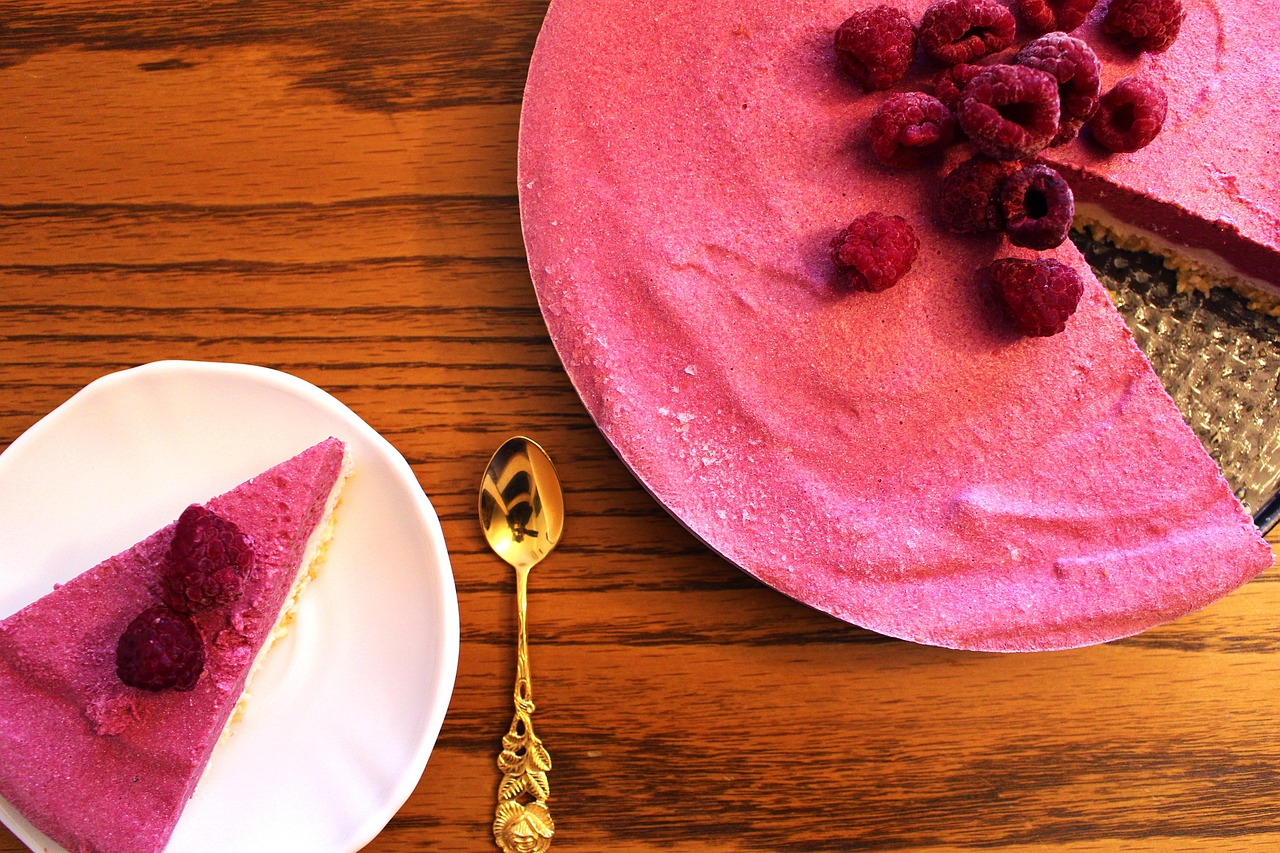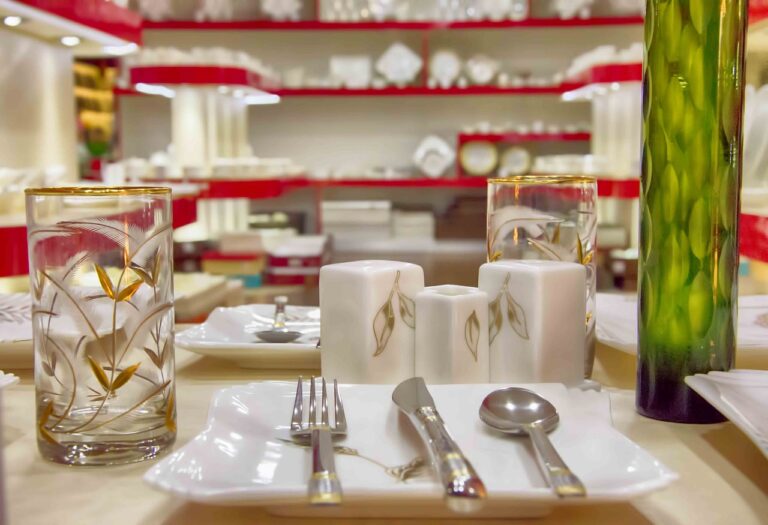Shopping for DIY Home Décor: Craft Supplies and Upcycling Projects
When it comes to creating DIY home décor, having the right craft supplies is imperative. Stocking up on essentials like glue guns, scissors, and a variety of paints is a great starting point. These tools will allow you to bring your creative vision to life and add a personal touch to your living space. Additionally, investing in high-quality brushes, stencils, and embellishments can help elevate the overall look of your DIY projects.
In addition to tools, having a variety of materials on hand is key for DIY home décor. Consider stocking up on items like fabric, paper, wood, and beads to fuel your creativity. Having a wide selection of materials at your disposal will give you the freedom to experiment and try out new ideas without limitations. Get inspired by browsing through craft stores or online suppliers to discover unique materials that can help bring your DIY home décor projects to the next level.
Essential Tools for Upcycling Projects
Upcycling projects often require a specific set of tools to bring new life to old items. One essential tool for upcycling is a good quality sander, which can help smooth out rough surfaces and remove old finishes easily. A sander is versatile and can be used on various materials such as wood, metal, and even certain plastics.
Another crucial tool for upcycling projects is a reliable paint sprayer. A paint sprayer can give a sleek and professional finish to your upcycled items, whether it’s furniture, decor pieces, or other objects. It allows for even coverage and smooth application, saving time and effort compared to using traditional brushes or rollers.
Choosing the Right Paint for Your DIY Projects
Selecting the appropriate paint for your DIY projects can greatly impact the outcome of your creations. Consider the surface you will be painting on and if you need a specific type of paint for it. Wood, metal, plastic, and fabric all require different types of paint to ensure a lasting and professional finish.
Furthermore, think about the color and finish you desire for your project. Different paints offer various finishes such as matte, satin, gloss, or metallic. Take into account the aesthetic you are aiming for and choose a paint that aligns with your vision. Remember to test the paint on a small area before committing to the entire project to ensure it meets your expectations.
When choosing the right paint for your DIY projects, keep the following points in mind:
• Consider the surface you will be painting on (wood, metal, plastic, fabric)
• Choose a paint type that is suitable for that specific surface
• Think about the color and finish you want for your project
• Different paints offer various finishes such as matte, satin, gloss, or metallic
• Test the paint on a small area before committing to the entire project
By taking these factors into consideration and selecting the appropriate paint for your DIY projects, you can ensure a professional-looking outcome that meets your expectations. Remember that investing time in choosing the right paint can make all the difference in achieving successful results.
How do I choose the right paint for my DIY project?
When choosing paint for your DIY project, consider factors such as the surface you will be painting on, the finish you desire, and the type of paint that will work best for that surface.
What are the different types of paint finishes available for DIY projects?
Some common paint finishes include matte, satin, semi-gloss, and high-gloss. Each finish has its own characteristics and is suitable for different surfaces and applications.
Can I use any type of paint for upcycling projects?
It is important to use paint that is specifically designed for the material you are painting on. For example, if you are painting metal furniture, you should use a paint that is formulated for metal surfaces.
Do I need to prime the surface before painting in a DIY project?
In some cases, priming the surface before painting can help improve adhesion and durability of the paint. It is recommended to prime surfaces that are porous or have existing paint that is flaking or peeling.
How can I ensure a smooth and even finish when painting in a DIY project?
To ensure a smooth and even finish, make sure to properly prepare the surface by sanding and cleaning it before painting. Use high-quality brushes or rollers and apply the paint in thin, even coats.







